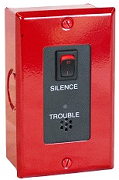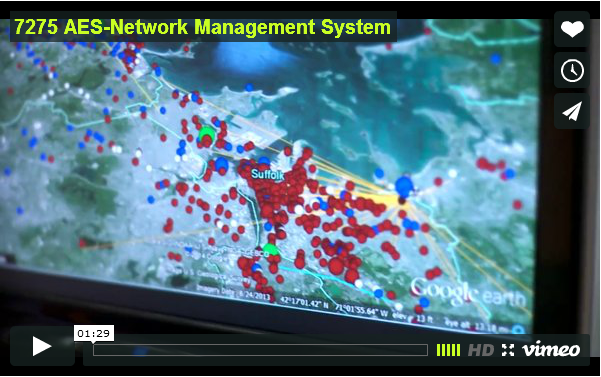The Purpose and Proper Use of the J4 Output
Today’s blog is not intended to be overly technical. The intent is to raise awareness of the J4 output on subscriber units; it purpose and proper use. J4 is the output connector for the Form C Fail Secure Antenna Cut / Acknowledge Delay Relay / Low Battery / Charger Fail located on the subscriber circuit board. The subscriber will engage this relay for normal operation. It will be disengaged for one or more of the following reasons:
- antenna cut
- communication troubles or Acknowledge Delays (Ack Delay)
- low battery
- charger fault
- Loss of power
- Loss of AC, Beginning with Rev 2.64ZI of 7788F and 7744F, disabled by default
- Note: AC failure does not report from J4, except on 7788F/7744F Rev 2.64Zi + if enabled
- Loss of AC, Beginning with Rev 2.64ZI of 7788F and 7744F, disabled by default
- A pushbutton, remote or watchdog reset which causes the routing table to be deleted, resulting in the Subscriber not being on the network
An Alternative Method
The J4 Trouble output is required for local annunciation of a trouble condition that exists on the subscriber unit including communications failure. The FACP should not activate its own Trouble Relay upon this activation as that may add to the RF traffic problem being reported by the J4 activation in the first place. The FACP could use an alternate method of communication to report the fault, if one exists. One alternate method is to activate some other local annunciator.
Use of the J4 Output in Field Installations
AES has come to understand that many field installations are incorrectly using the J4 output. We have identified numerous installations where the J4 output is wired to a reporting zone on a Fire Alarm Control Panel (FACP). The common theme we have heard from customers regarding the wiring of the J4 into a reporting zone on the FACP was due to lack of local annunciation. To address the need for local annunciation, AES recommends the 7740 Local Annunciator. The 7740 could be located near to, or remotely, from the subscriber.
Incorrect use of the J4 output can, overtime, lead to network distress. This distress can easily be identified through the use of the 7275 AES-Network Management System (NMS). When this condition exists, using the NMS to review the Top Talkers reveals hundreds of alarms in a very short period of time. By using the Network Pulse view within the NMS and selecting only Check-ins, Ack delays, and General alarm, the problem becomes even more evident through the strong correlation between Ack delays and General alarms.
In an effort to correct the practice of wiring the J4 output back into a reporting zone on the FACP, AES places emphasis on the dangers of creating looping signals and serious network impacts that this error can cause. AES has created documentation on this topic that describes, in detail, the purpose and proper use of the J4 output. Please refer to Tech Note #003, contact AES Technical Support for a copy. All subscribers are now shipped with a label over the J4 output as well.
Our AES Support team of alarm industry experts are available Monday through Friday from 8am to 8pm EST and 24/7 for emergency IP Link and AES-MultiNet Receiver down situations.
aes-corp.com | dealer login | (866) 237-3693 | support@aes-corp.com



